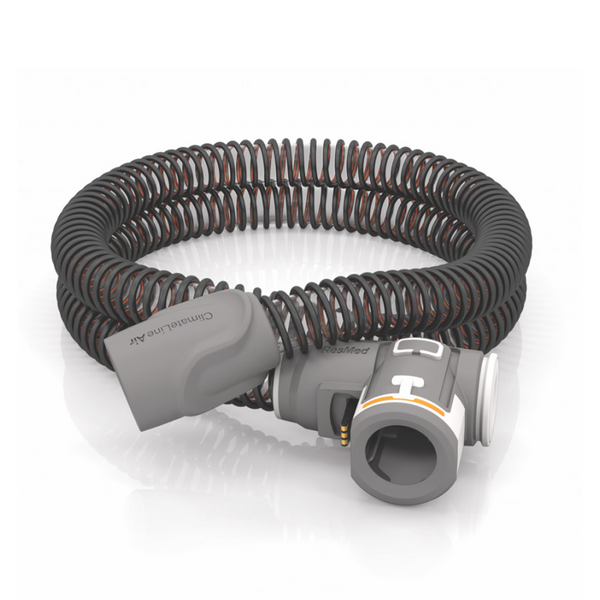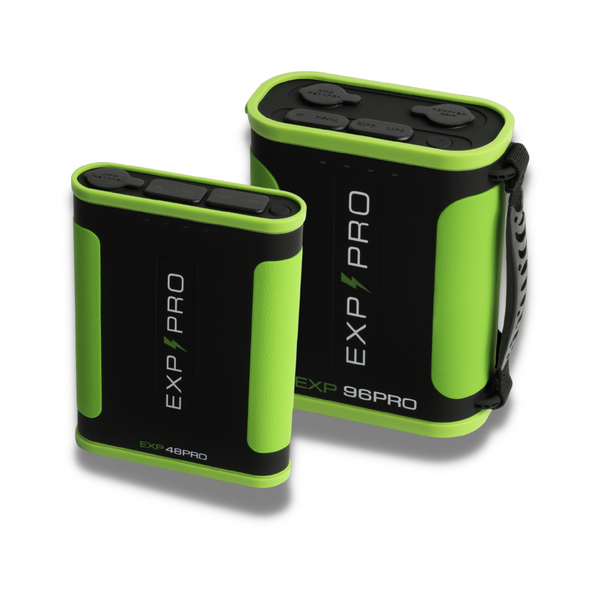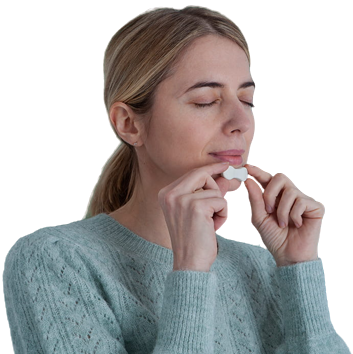CPAP Improves Polysomnography Parameters, Quality of Life in OSA
Heartstrong's Commentary: We never like to compare therapy solutions and never talk bad about other solutions. We support what works best for the patient. However, we do like to share research and information so patients can best understand the options available to them in their decision making process.
We hope you enjoy the article!
Thanks
Heartstrong Sleep
---------------
A single-blind, parallel, randomized clinical trial found that a continuous positive airway pressure (CPAP) machine was more effective in normalizing polysomnographic parameters and improving quality of life in patients with mild obstructive sleep apnea (OSA) compared with the mandibular advancement device.
A study published in Sleep and Breathing found that the continuous positive airway pressure (CPAP) machine was able to normalize polysomnographic (PSG) parameters and improve quality of life more effectively than the mandibular advancement device (MAD) for patients with mild obstructive sleep apnea (OSA).
Mild OSA is highly prevalent in adults, and some studies have demonstrated a risk of excessive daytime sleepiness in these individuals. The CPAP machine has proven to be effective in reducing in excessive daytime sleepiness, whereas MAD is effective in achieving greater adherence in patients who did not adhere to CPAP. The study aimed to determine which treatment was most effective in patients with mild OSA.
Those who had a confirmed diagnosis of mild OSA were selected at time of enrollment. Participants who had a BMI of less than or equal to 35 kg/m2, were aged 18 to 65 years, and had a diagnosis of mild OSA were included in this study. Patients were excluded if they had dental conditions that didn’t allow use of MAD, grade III nasal septum deviation, alcohol or psychoactive drug use, smoking, neurological or psychiatric conditions, other sleep disorders, shift work, or previous treatment for OSA.
All participants were examined, had a polysomnography (PSG) test, and answered questionnaires and assessments for this study. The questionnaires used for this study included the Pittsburgh Sleep Quality Index, Berlin Sleep Questionnaire, Epworth Sleep Scale, Beck Anxiety Inventory and Beck Depression Inventory, and Stanford Sleepiness Scale, among others.
CONTENT SOURCE: https://www.ajmc.com/view/cpap-improves-polysomnography-parameters-quality-of-life-in-osa



















![[subscription]](http://heartstrongsleep.com/cdn/shop/files/Group_30_6a2ee5b7-7d1a-49f1-855d-428a7cb5358f.png?v=1733846466&width=600)
















